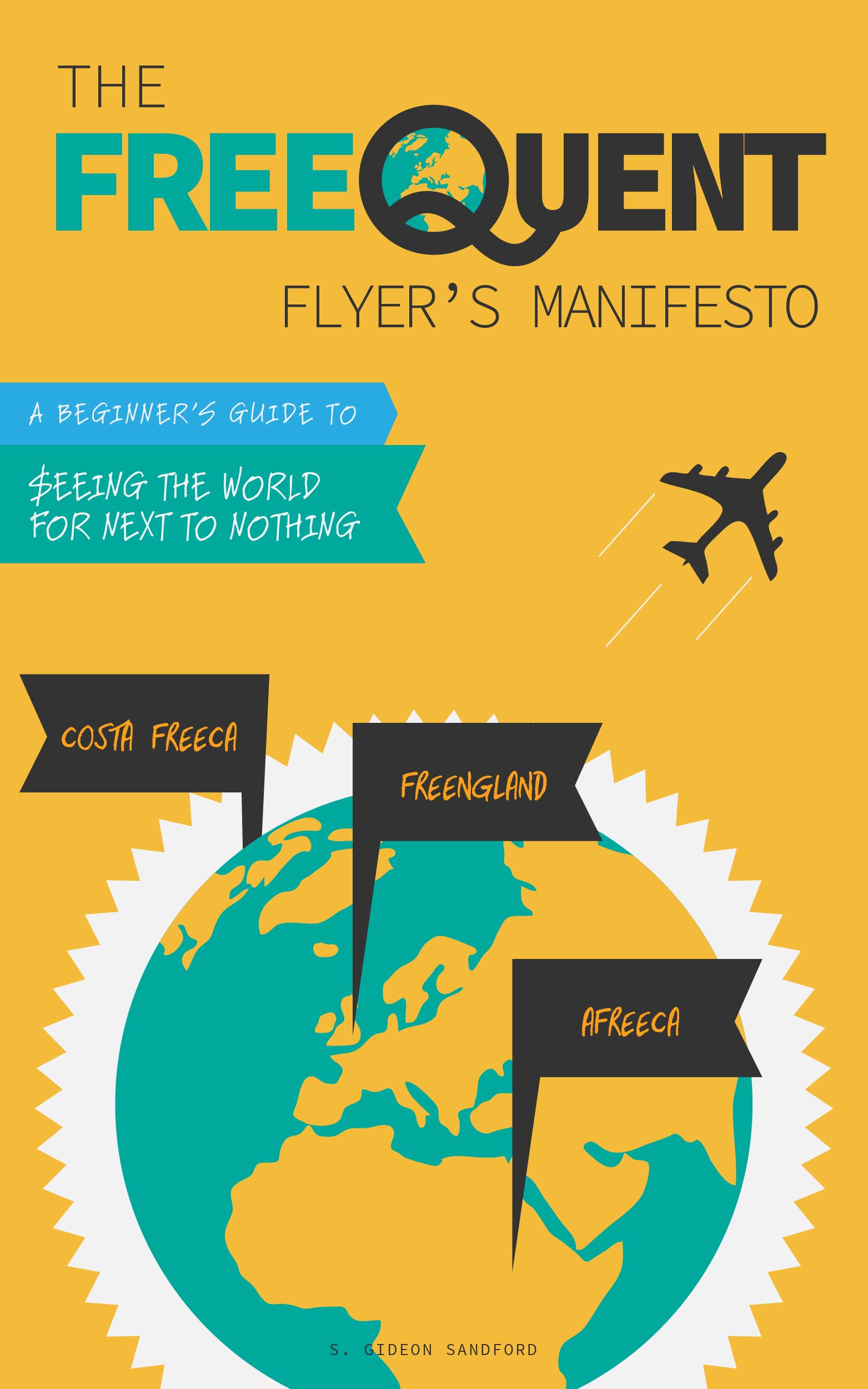As you can see, my Purchase Tracker reflects all the purchases and all the payments I made during my first billing statement, and I received 1% cash back on each.
The Purchase Tracker is not updated in real time
The online Purchase Tracker only reflects purchases and payments on your last billing statement; it is not updated in real time, and my best guess it that it's unnecessary to wait for your purchases to post before making payments against them.
In other words, all your purchases in the current billing cycle are added to your previous Purchase Tracker balance, and all your payments during the current billing cycle are compared to that new total. If your total payments are less than that new Purchase Tracker balance, you'll receive 1% cash back on the total payments amount.
Statement credit redemptions are not payments and are not supposed to reduce the Purchase Tracker
When redeeming your Double Cash cash back balance as a statement credit, you're informed that the redemption will not reduce the amount in your Purchase Tracker, since statement credit redemptions are not treated as payments.
On the one hand, that means you won't earn cash back on the amount of your statement credit redemption. On the other hand, that means that even when you pay off your entire remaining balance, you will still have a balance in your purchase tracker.
Direct Deposit redemptions aren't immediately available
While you can redeem your Double Cash cash back for statement credits immediately, you cannot redeem your balance as cash back deposited into a bank account until you initiate two ACH "pull" payments from that bank account. Since my "payments" were balance transfers from my new Chase Slate card, I did not have any eligible linked bank accounts, and made a statement credit redemption instead.
Conclusion
If you pay off your entire Citi balance before your statement closes each month, the Citi Double Cash card is a true 2% cash back card. If you instead take advantage of its 15-month 0% introductory APR by paying off your balance as slowly as possible, you won't receive the entirety of your second percent of cash back until you pay off your balance in your 15th month of card membership.


